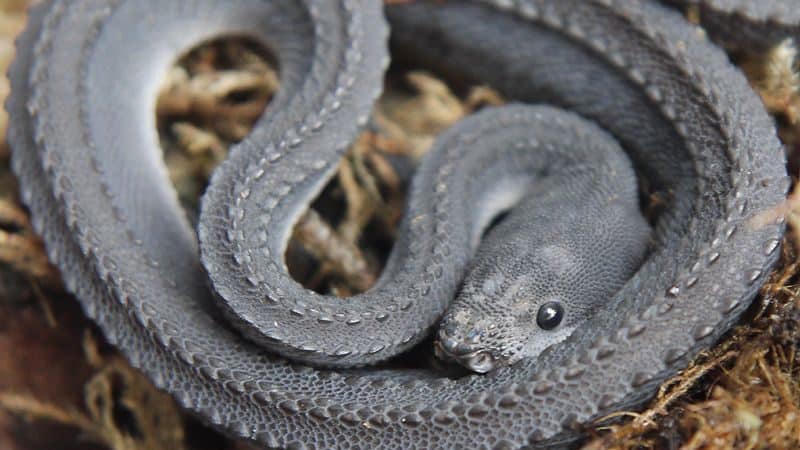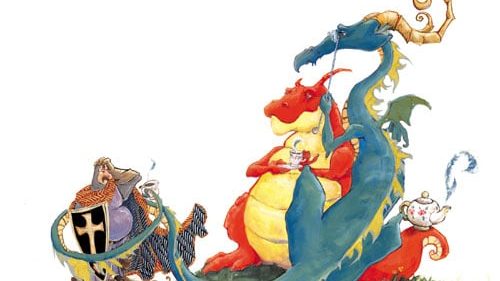What do we mean by ‘dragon anatomy’, and why should you be interested?
Well, dragons are more than just giant beasts, they’re top-of-the-chains predators. Packing massive power and extremely sharp senses, the flying monsters certainly spark the interest of tons of people urging to know more about the anatomy and physiology of these awesome creatures. So if you’re one of us dragon-enthusiasts, get ready for one heck of a journey!
General Physiology
Dragons are warm-blooded animals, also known as homeothermic, belonging to the reptile family. Their body temperature is regulated internally, with the ability to adapt to various climate conditions. They have unmistakable wings, hence the flying. Dragons don’t depend on the sun’s warmth, so they have no problems being active day or night.
Dragon Anatomy – The Skeletal System
What you need to know upfront, is that dragon bones are super tough, harder than concrete, yet very lightweight as they’re hollow to ensure lightness. This is to allow such a bulky reptile to stay suspended in the air.
They have large skulls and long necks resting on broad shoulders where large wings extend out. Their legs are thick with claws and their bodies end at a strong tail.
A dragon’s jaw is capable of dislocating to hold bigger objects and accommodates, not one, but two types of teeth. This is because dragons are omnivores, so they need incisors and canines to slice through food, as well as molars to chew and grind. But, what do dragons eat?
Dragon Anatomy – The Muscular System
The muscle mass on a dragon, naturally, has to be quite extensive to support the weight of the flying mechanism. Wings themselves don’t contain any significant muscles, as they’re mainly controlled by ones close to the chest region.
Other than that, major muscles are located on their legs and “arms” to let them swiftly charge their sizeable structures. One thing to note though is that dragons can’t run, those muscles just weren’t built for it. This doesn’t keep them from normal speed walking, it just means they can’t muster a high-speed sprint on the ground.
Dragon Anatomy – The Infamous Wings
One of the most fascinating parts of dragon anatomy is the magnificent wings. To put it simply, I want you to imagine an ordinary animal arm with fingers. Now picture its two big bones elongated (the humerus and radius) with really lengthy fingers. That’s essentially the structure of a dragon’s wing.
It’s all wrapped in some kind of a leathery membrane, similar to what you can see on a bat. The two thick bones we just mentioned run from the body of a dragon connected to the elbow via muscles and cartilages. The five fingers stretch out into pointy claws at the tips. One thumb is usually shorter, which you can be considered as a wrist, where the rest of the fingers meet forming the wing shape.
Right now, we arrive at the debate we need to settle; where do the wings connect to the dragon’s body. Is it near the shoulders? Or close to the thighs? Perhaps mid-back?
Well, let’s break down the possibilities. If the wings were connected at the top of the back near the shoulders, the dragon will have to fly taking a vertical position (heads up, tails down), which still counts but would be seriously slower with far less agility. This also means that the attachment itself is of a small area, rendering flying and gliding difficult to maintain especially with the rear flopping down. But, it’s acceptable if the dragon is only hovering.
The second position, a bit more probable, is when the wings connect below the chest, kind of mid-back. It doesn’t propose real disadvantages, however, it’s not the best. The third, and the most likely, alignment is where the wings attach at the bottom near the thighs. This way gives the widest surface area for the wings to spread out comfortably, taking advantage of the balance between the dragon’s long neck from one side and its tail from the other. It also gives full flight control, to quickly lose or gain attitude.
Now, it’s time to talk flying. How do dragons do it? Well, it’s all thanks to the motion of the wing. The constant up and down flap of the wings with a scooping style followed by an upward body thrust is how the magic happens. This, of course, requires a lot of strength to even make the vertical jump needed for takeoff, something immature dragons are incapable of doing, which is why they tend to use the air drafts at high cliffs to initiate flight.
Dragon Anatomy – The Scales and Colors
A dragon’s entire body is covered with solid structures called scales, with the exception of a few soft parts such as the belly and neck. Scales are made of hardened keratin, the same fibrous protein making up our human nails, and take a pentagonal teardrop-like shape.
Dragons aren’t born with such tough scales, in fact, baby dragons have scales as soft as tissue papers that build up their hardness as the dragon grows. This process is quite fascinating too, where the iron from the blood or the plant material consumed by the dragon gets absorbed into the bloodstream and coupled with the keratin, creating rock-solid scales. The time span of such progress till the scales reach maximum hardness is about one year after hatching.
The five sides of a scale aren’t of equal lengths, there are two long sides, two short ones, and one much smaller fixed tightly to the skin. Dragons have the ability to make their scales preen and stand on end voluntarily, this also helps in staying hygienic as dragons are highly clean creatures. Normally, the scales are relaxed and overlap perfectly over each other, with a comfortable fit to allow free movement.
The color of a dragon is a result of its scales colors determined by the genes of its parents. They are never a single uniform color, but rather a gradient of shades with a metallic luster. We can’t really put them into definite names, however, they generally fall into three categories; blues, reds, and greens. It’s typical for dragons of the same color family to mate, but that’s not always the case. A healthy dragon would have shiny bright scales, whereas an ill one would have them dull and muted.
Dragon Anatomy – The Eyes
Generally speaking, the eyes of a dragon are round with a vertical slit similar to serpents. The iris, which is the colored part surrounding the slit pupil, has tiny muscles to control how big or small the pupil opens. This size adjustment determines the intensity of light peering through the eye. Reducing the pupil into a very thin slit instead of a small circle gives further control of how much light is entering, particularly useful under the bright sun.
Another advantage is that the vertical slit is accompanied by a horizontal lid, so when a dragon closes them, they’re at a right angle to each other which means exceptional dimming of the light.
Theories about dragons having eyes with mosaic lenses, like insects, aren’t quite right. If you think about it, you’ll find the near-sight quality such an eye type provides, is only suitable for really small animals, like insects (how shocking), who need the extra magnification of their close surroundings rather than object far away. This would be so lousy for dragons, who are pretty large creatures, as they won’t be able to see clearly enough to even hunt for instance.
Dragon Anatomy – Reproduction
As noble sensible creatures, dragons do urge to find life partners to start a family with. They’re not savages either, at least when it comes to mating, as they do work for it!
First with attraction, the female and male, equally, search for traits they feel appealing. Male dragons look for beauty, actually translated into the best physical ability to carry and nourish their offspring. Females seek dragons capable of protection and providing. Once found, courtship rituals begin! Some require dancing or acts of bravery, others require certain callings. They could last for days or weeks, but eventually, things work out.
Dragons consummate their union sexually, like all superior animal classes. However, out of their love for thrill and speed, they do it in the air. The mating process, namely the dragon-slide, happens as both partners fly high into the sky, get impossibly close in a tight grab, close their wings and free-fall together. This goes on until they reach about a hundred feet from the ground at which they spread their wings and land. A literal one of a kind experience if you ask me.
Out of such intensity, comes multiple fertilized eggs that grow inside the mother. After a few months, once the eggs’ shells have hardened enough, she’ll find a proper place and lay them. How long it takes to hatch an egg isn’t very clear. Some eggs need a year while some require five. Nonetheless, the much-anticipated baby dragons will hatch their way out to the world, ready to tackle their own adventures
Final Thoughts
The dragon world is such an engaging one, full of mysteries and mesmerizing details. Hopefully, we’ve managed to shed light on some aspects of a dragon’s unique life and qualities, maybe even satisfied a bit of your curiosity!



